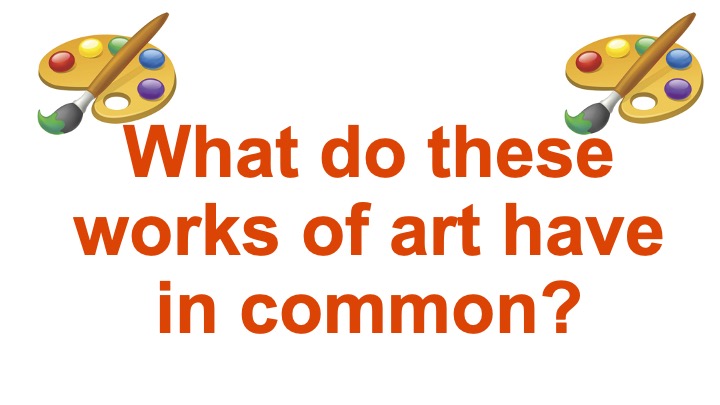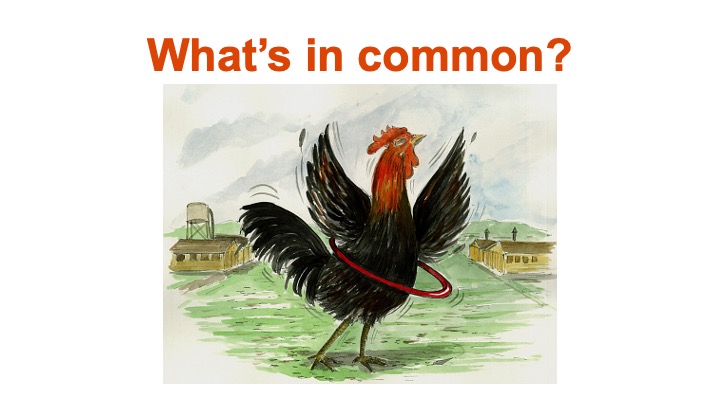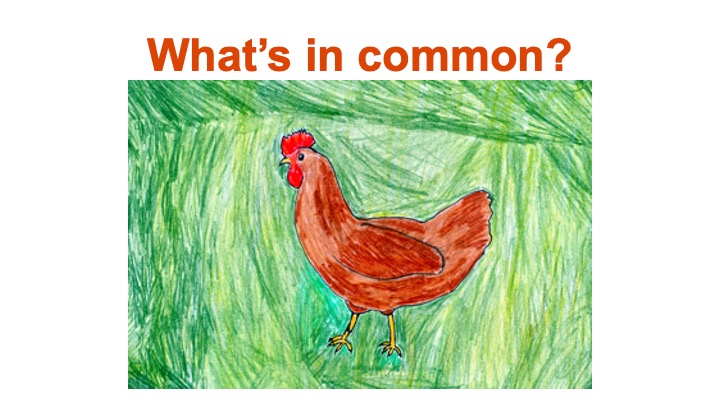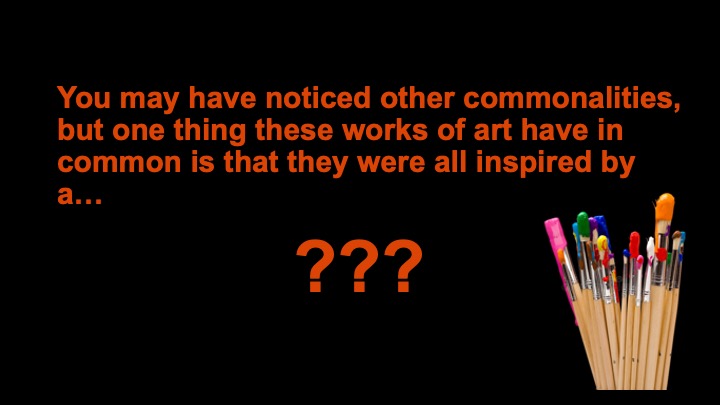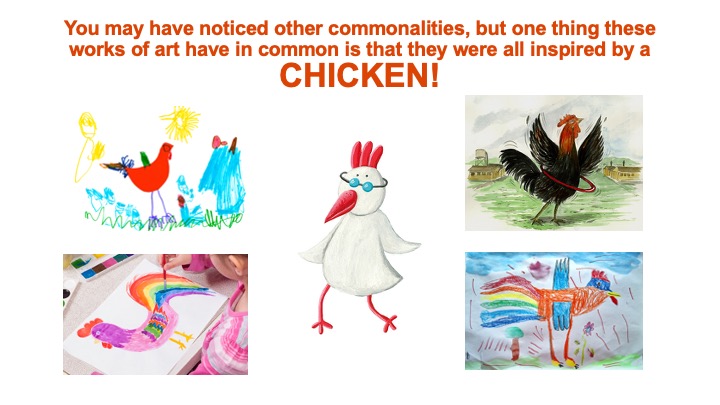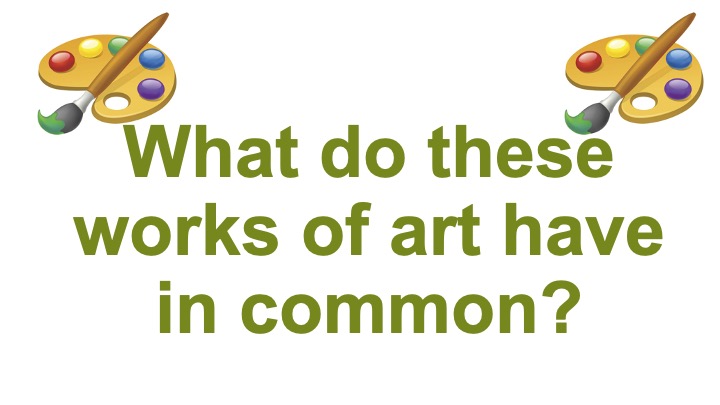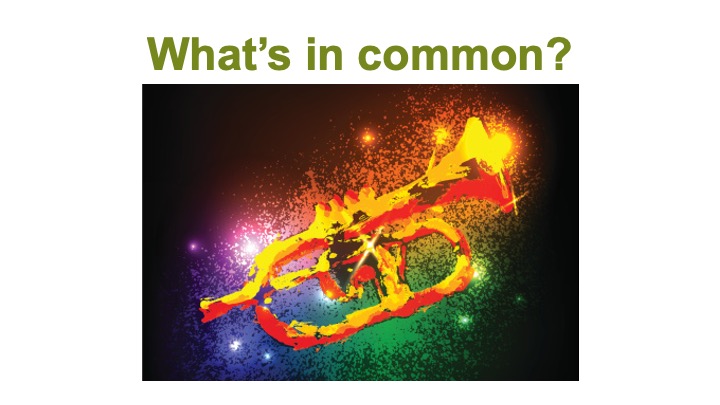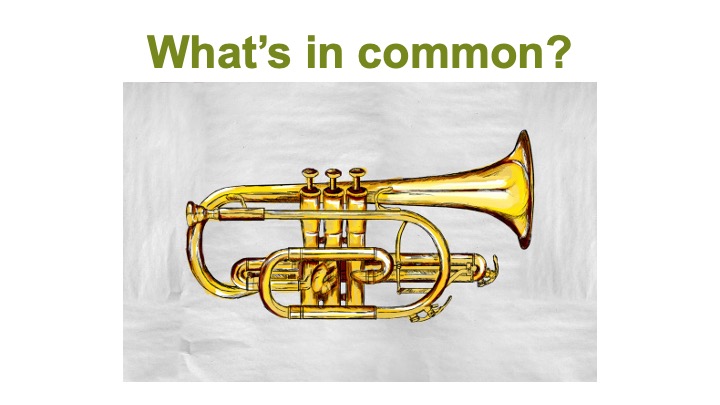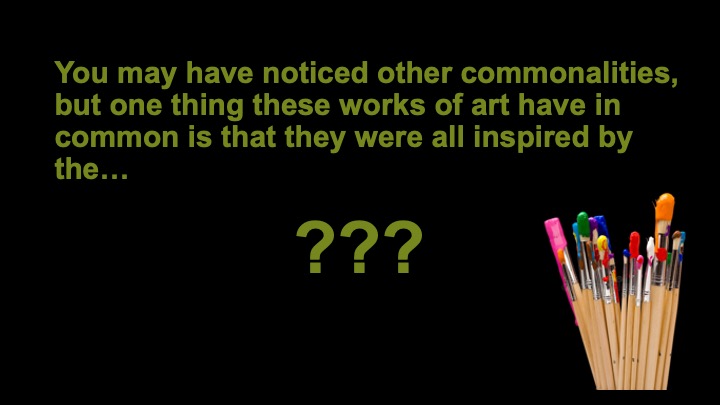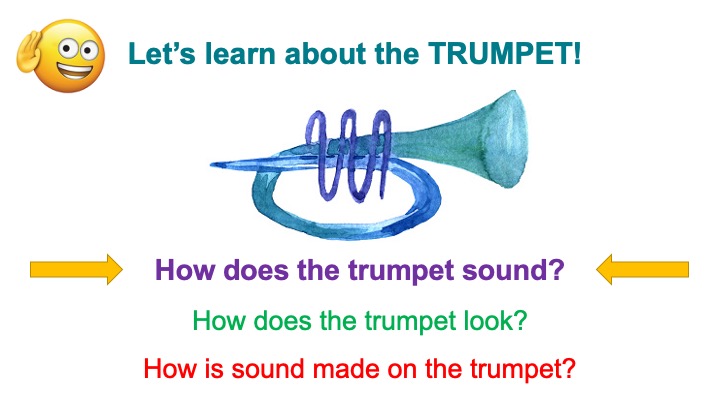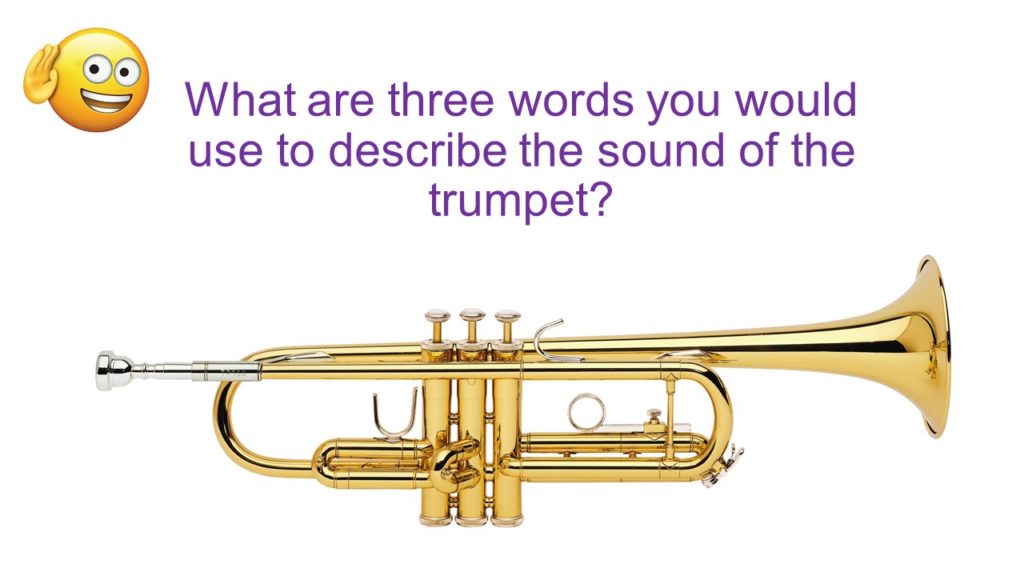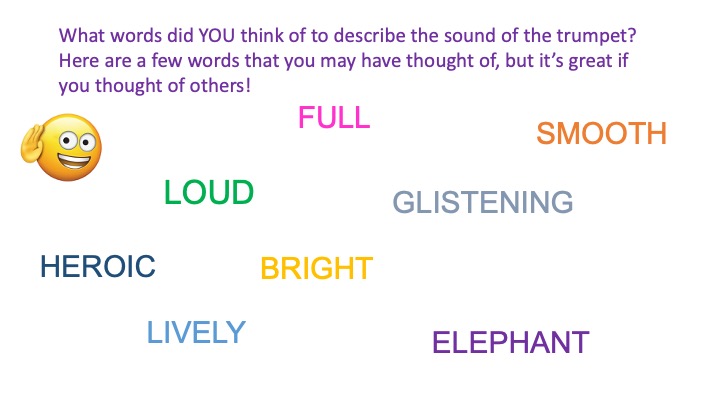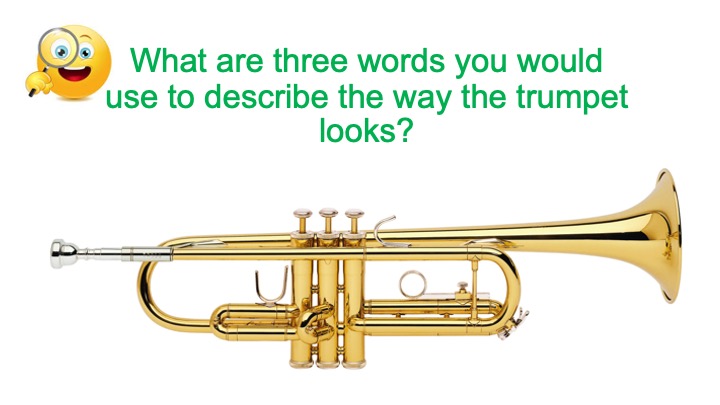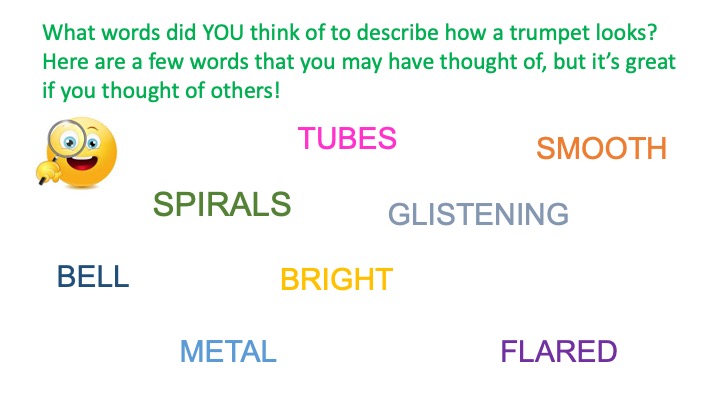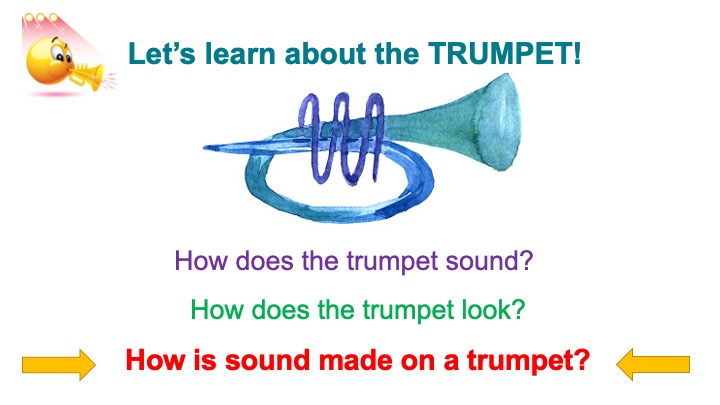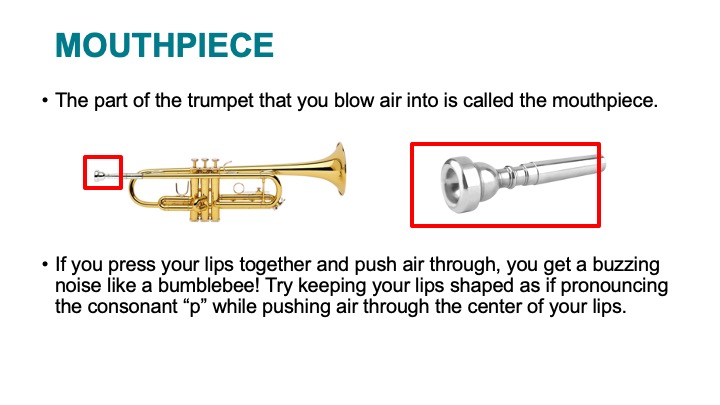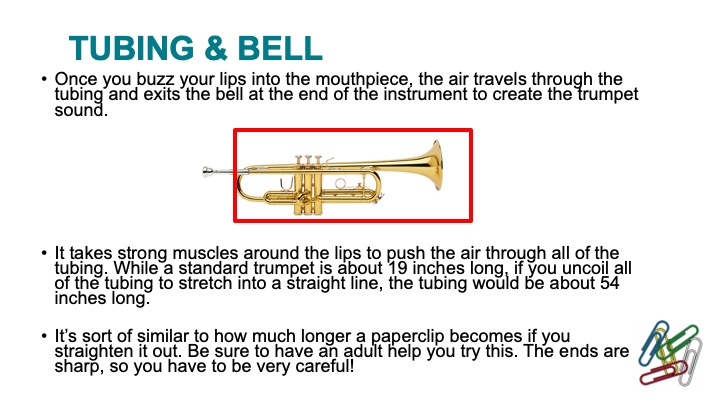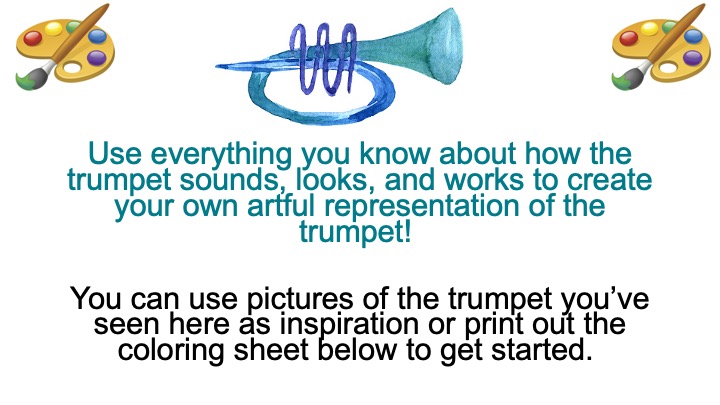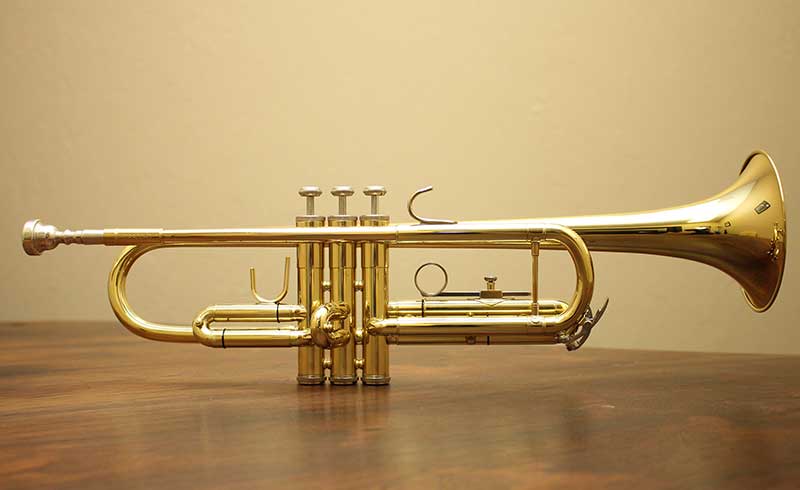
August 26, 2020
The Art of Inspiration
Did you know that many great works of art are inspired by other works of art? Even in classical music, composers will often use other pieces as the springboard for their own creativity. These activities were designed to help inspire creativity in children ages 7–11 as they make their own meaning from two pieces of classical music.
The first four activities can each take anywhere from five to 15 minutes (or more), depending on your child’s interest. These activities can be done sequentially, or any of the first three activities can be paired with Activity 4.
These activities can either support your child’s experience attending the Live from Jones Hall concert on Saturday, August 29 (where they can see both of the works performed), or they can stand alone without the livestream experience by simply skipping Activity 5.
Materials:
- Audio speaker to play music examples (Activities 3 & 4)
- Blank white paper and any preferred art supplies—crayons, colored pencils, markers, paint, chalk, etc. (Activity 2)
Summary:
- Activity 1 (5 minutes): Children will identify ways that individuals can interpret a common image differently through art.
- Activity 2 (10–30 minutes): Children will develop their own understanding of how the trumpet sounds, looks, and works to represent the trumpet visually in their own way through art.
- Activity 3 (5–15 minutes): Children will experience ways that music they are familiar with can be reinterpreted in their own way.
- Activity 4 (10 minutes): Children will identify similarities and difference between two works of classical music, one inspired by the other.
- Activity 5 – optional (15 minutes – 1 hour): Children will attend a livestreamed Houston Symphony concert, apply their knowledge of how art (including music) can inspire other works of art, and have a personal experience with music as an audience member.
Activity 1: Common inspiration
In a later activity, we’ll hear music written and performed by a great musician, Wynton Marsalis. Marsalis is not only a legendary classical and jazz trumpet player, he is also one of the most creative composers, a person who writes music, of our time. As a jazz musician, he has mastered the ability to make an existing musical concept his own. This concept of using another work of art as inspiration translates to other art forms, like dance, visual art, and theatre. So, let’s experience how that concept can work with visual art!
Imagine you’re an artist, with a blank canvas (or blank sheet of paper), and as many different shades of colors as you can think of. What kind of artwork would you begin making?
It’s exciting how many possibilities there are to create something meaningful! Many artists don’t even think before beginning, they just start painting or coloring and follow their creative instincts. Others need to be inspired by something (or a place or another person) to base their artwork around.
Take a look at a few sets of artworks. As you click through, think about whether each of these artists had a similar subject as inspiration.
Let’s try this again!
Since you’ve figured out what these sets of artworks have in common, click through both sets again while looking for how each artist represents the subject a little differently in their own way.
Activity 2: Develop your own representation through art
Since we’ve seen different art representations of the trumpet, let’s learn more about the trumpet to inspire our own representations!
1. How does the trumpet sound?
2. How does the trumpet look?
3. How is sound made on the trumpet?
4. Use everything you know about how the trumpet sounds, looks, and works to create your own artful representation of the trumpet! Your artwork doesn’t have to look exactly like a trumpet—you can show your own ideas in your artwork about how the trumpet sounds, feels, looks, or works using any colors, shapes, or sizes that make sense to you.
Download a trumpet coloring page.
We’d love to see your representation of the trumpet! Share your images with us using the hashtag #HoustonSymphonyDraws.
Activity 3: Develop your own interpretation of music
Now that you’ve seen how you can use your creativity as an artist to represent an image in your own way, let’s see how this works in music.
1. Sing the song “Old MacDonald Had a Farm.” If you don’t know this song yet, it will be fun to learn—just follow along with this video!
2. What are some different ways you can sing that tune?
Let’s check out a jazz interpretation of “Old MacDonald” that was written by a great musician and composer, Wynton Marsalis. Marsalis plays trumpet in this recording, but as a composer, he also wrote all of the parts for the other musicians you’ll hear playing with him!
3. What did you think?
- In your own words, describe the way Wynton Marsalis made this famous tune sound different than the way you sang the tune.
- Within this recording, Wynton Marsalis plays the tune in a few different ways. How does his version of the tune in the first minute sound different from his version that begins at 1:04?
4. Does hearing Wynton Marsalis’s jazz version of “Old MacDonald” help you think even more imaginatively about ways to make your own interpretation of “Old MacDonald?” Give it a shot!

We also thought this version of “Old MacDonald” was fun if you want even more ideas for musical possibilities!
Activity 4: Music that inspires other music
Wynton Marsalis’s creativity, passion, and skill as a musician allows him to put his own musical spin on all sorts of music, not just well-known tunes like “Old MacDonald.” A classical music composer named Igor Stravinsky wrote a piece that Marsalis admired called The Soldier’s Tale. This piece was written to interpret a Russian folk tale using music.
1. Listen to some of the opening section of Stravinsky’s piece:
2. Marsalis was inspired by Stravinsky’s piece but wanted to add his own flare by writing his own interpretation and adding even more jazzy elements. Listen to the opening section of Marsalis’s interpretation of Stravinsky’s The Soldier’s Tale. While you are listening, think about how the music is similar or different from the original work Stravinsky wrote.

3. Is there a work of art (visual art, poetry, dance, music, etc.) that inspires you to make your own interpretation? Give it a shot!
Activity 5: Enjoy the Houston Symphony livestream
You are now an experienced listener, keeping your ears open for how a composer can add his or her own flare to another work that inspired them. Join the Houston Symphony on Saturday, August 29 at 8 p.m. to hear these works (and others) performed live from Jones Hall. Can’t wait to see you there!



